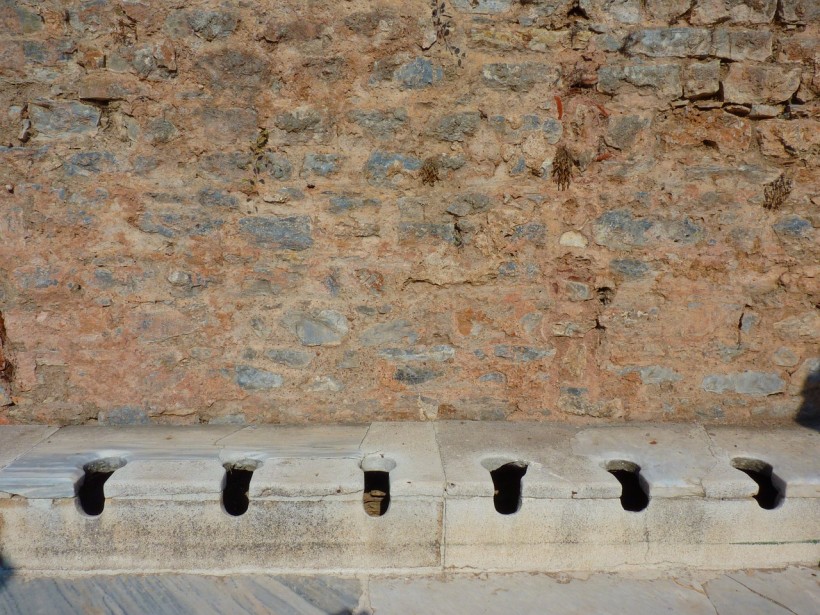Scientists have collected and analyzed poop taken from 2,500-year-old toilets in Jerusalem, only to find out that these feces carry the oldest known evidence of the dysentery-causing parasite.
Dysentery-Causing Microscopic Parasite
Live Science reports that the specific parasite, which is the Giardia duodenalis protozoan, may lead to dysentery. This condition is an infection in the intestine that may lead to serious and bloody diarrhea. Oftentimes, it is accompanied by a fever and stomach cramps.
Dr. Piers Mitchell, an honorary fellow at the Department of Archaeology of the University of Cambridge, explains that dysentery gets spread by food or water getting contaminated by feces, CNN reports. Dr. Mitchell adds that they suspect this condition could have been a serious problem in ancient cities in the Near East because of flies, heat, overcrowding, and a limited water supply during the summer.
Now, the earliest evidence of the dysentery-causing microscopic parasite has been documented by researchers in the Parasitology journal.
Poop Evidence from Ancient Jerusalem Toilets
Evidence of the parasite was found under toilet seats made of stone that were previously spotted in two huge areas. These areas could have been elite residences that date to 600 to 700 B.C.
The blocks of stone had a specialized curved surface that was meant for sitting, a bigger hole for pooping, and a smaller one that could have been used for urination. These were situated over a cesspit. Due to how these prehistoric toilets remained in their initial locations, specialists were granted the unique opportunity to examine the microorganisms in the ancient poop.
Earlier research on the cesspits revealed the presence of eggs from roundworms, whipworms, tapeworms, and pinworms. These showed that the hygienic practices in the Iron Age were not sufficient.
Though these eggs are quite robust and can live for thousands of years, it is harder to pick up cysts that protozoa have produced. To examine further, researchers from the University of Cambridge, the Israel Antiquities Authority, and Tel Aviv University collaborated to prove that the diarrhea-causing parasite could be identified using a unique method known as ELISA, or the enzyme-linked immunosorbent assay. This technique is capable of picking up antigens that different organisms had created.
The scientists gathered a sample from the House of Ahiel cesspit and took three others from the Armon ha-Natziv cesspit. With the ELISA kits, they picked up unique antigen samples from the feces. More specifically, they found a cyst wall protein that G. duodenalis had produced and released.
Dr. Mitchell, who is also the study's lead author, explains that they could not conclude the prevalence of the infection based on the samples. He adds that the toilets could have been used by family members and staff, but these remain mere speculations as there are no records to support this assumed social etiquette.
The study authors posit that the G. duodenalis findings serve as the oldest known evidence of G. duodenalis that has ever been found in ancient populations. Their findings suggest that the parasite could have a long-term presence in Near Eastern populations.
The researchers conclude that further research on ancient societies using ELISAs is necessary in order to fully grasp where each organism specifically originated and when it started spreading through trade, military invasions, and migration.
RELATED ARTICLE: Ancient Jar Inscriptions From Israel Offer Clues on How King Solomon and Sheba's Kingdoms Were Connected, Study Says
Check out more news and information on Archaeology in Science Times.




![Earth's Quasi-Moon Kamo‘oalewa Could Originate From Lunar Surface Not Asteroid Belt [Study]](https://1721181113.rsc.cdn77.org/data/thumbs/full/53275/89/56/50/40/earths-quasi-moon-kamo-oalewa-could-originate-from-lunar-surface-not-asteroid-belt-study.png)










